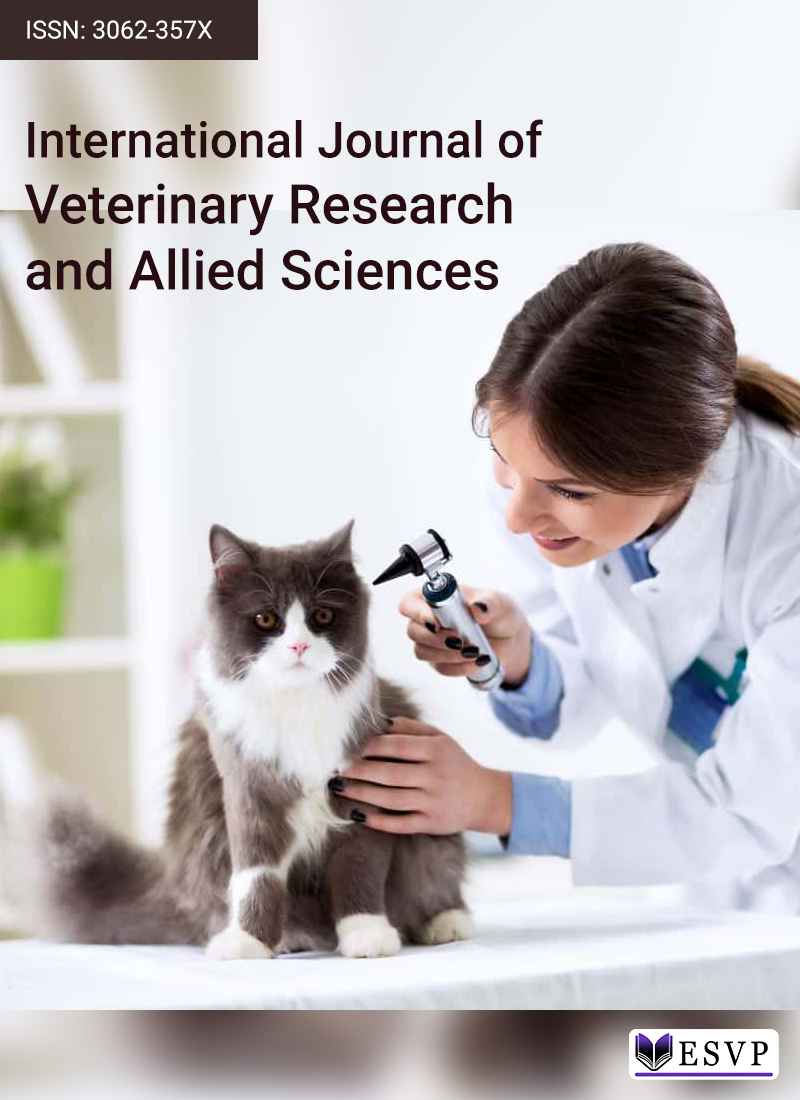
This study investigated whether pantohematogen has any embryotoxic or teratogenic effects. Pantohematogen is a bioactive substance obtained from the velvet antlers of the Altai wapiti and is used in confectionery products. A total of 180 female Wistar rats were exposed to different doses of the test compound. During the experiment, no significant changes in behavior or appearance were detected. The results showed that pantohematogen did not impair fertility or elevate embryonic loss. However, female offspring from dams that received a subtoxic dose showed delayed puberty, while those exposed to lower doses did not show such an effect. Overall, the findings suggest that pantohematogen is unlikely to have harmful effects and is safe for use as a beneficial ingredient.